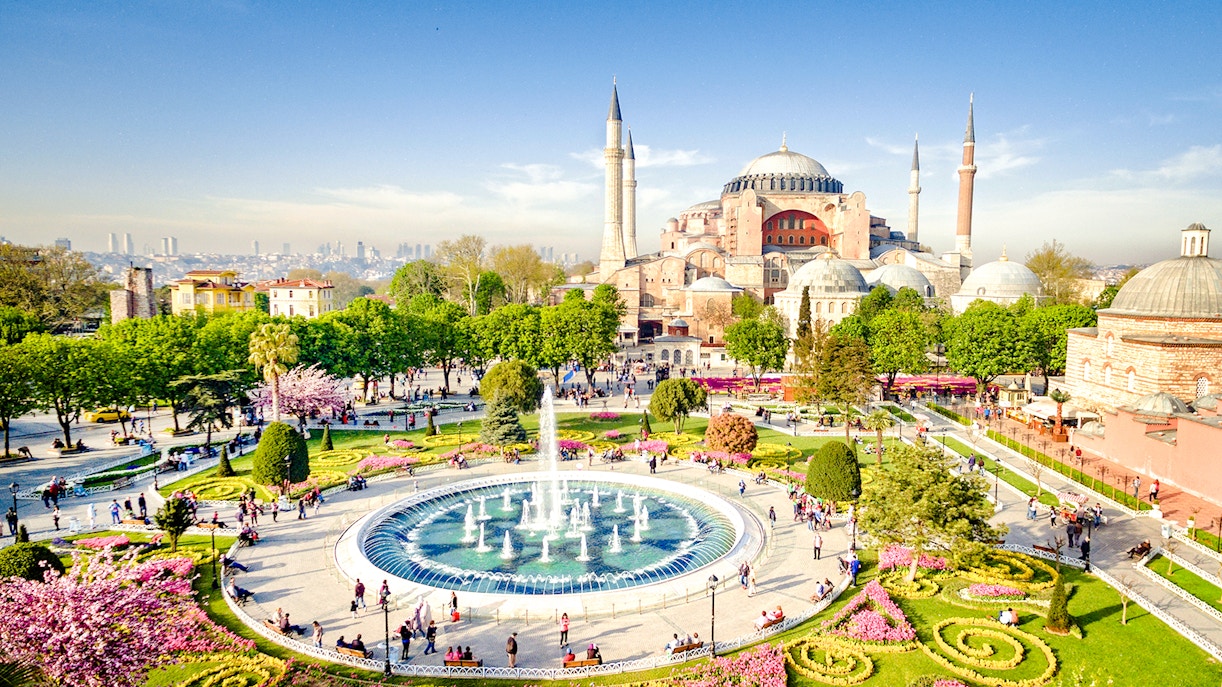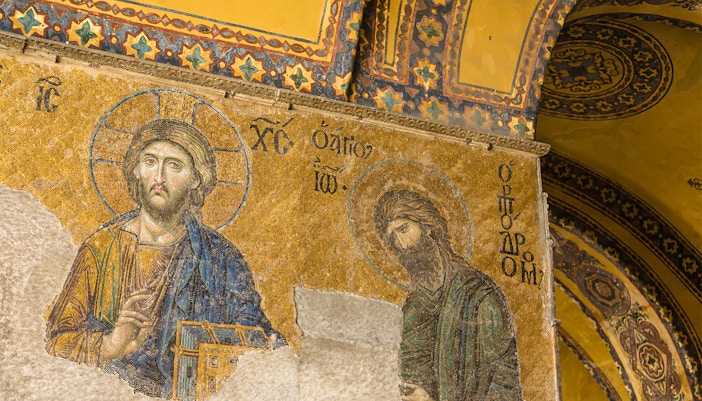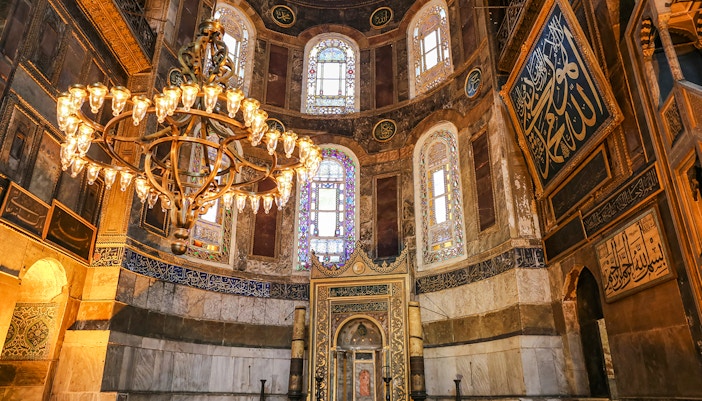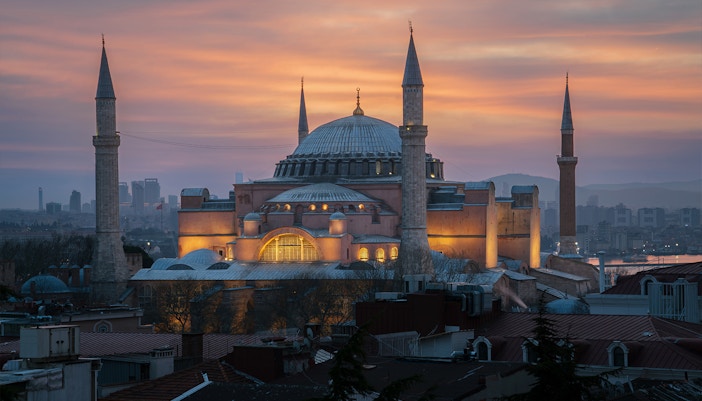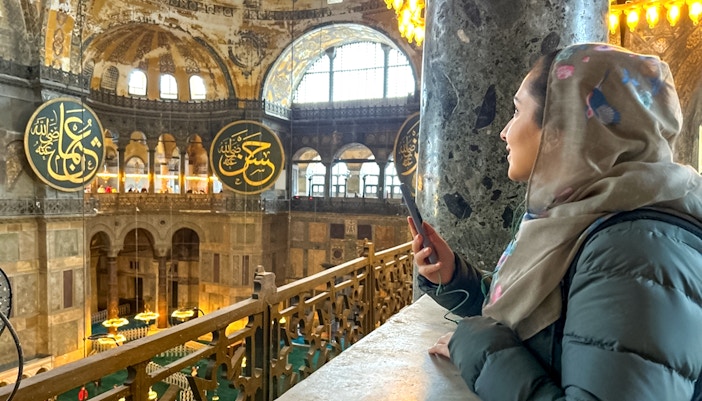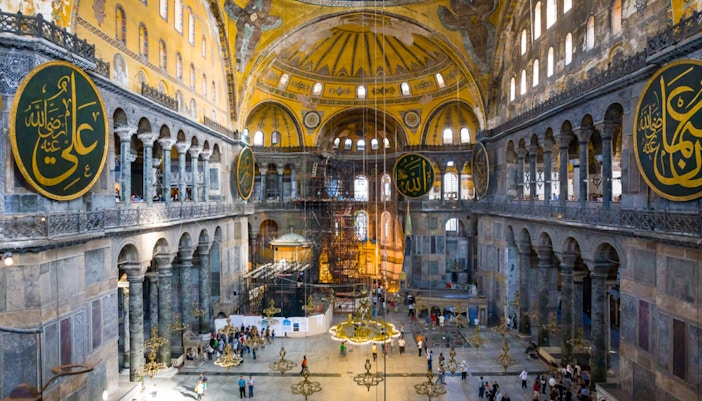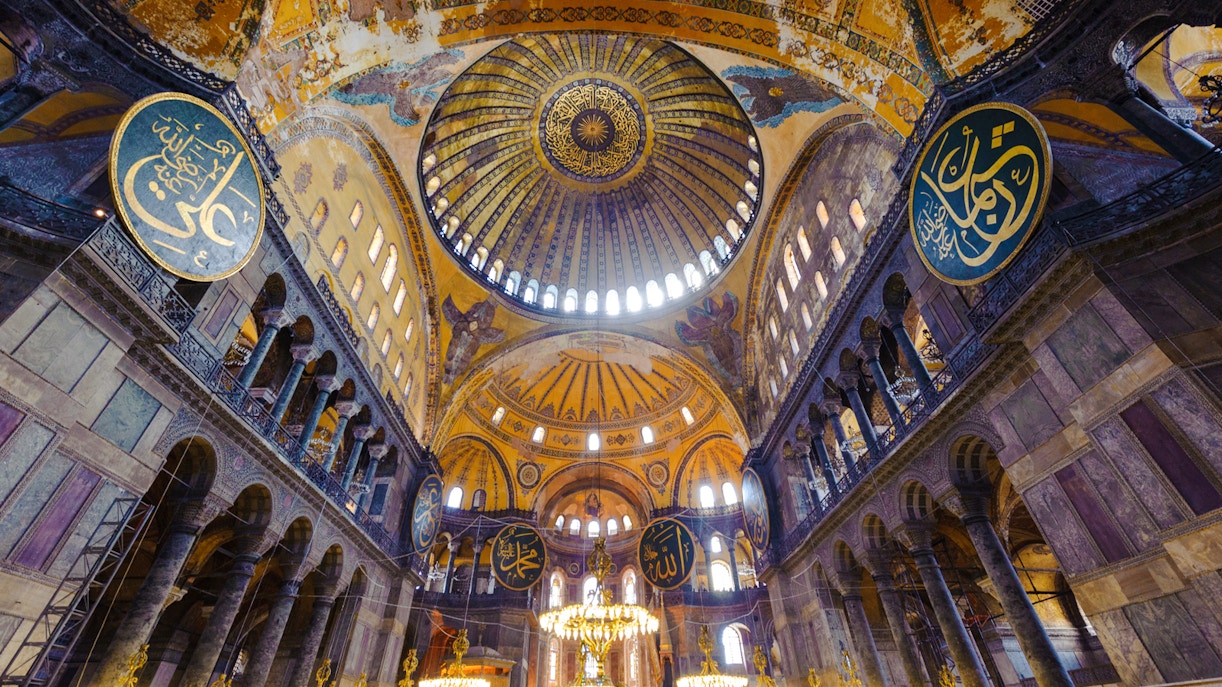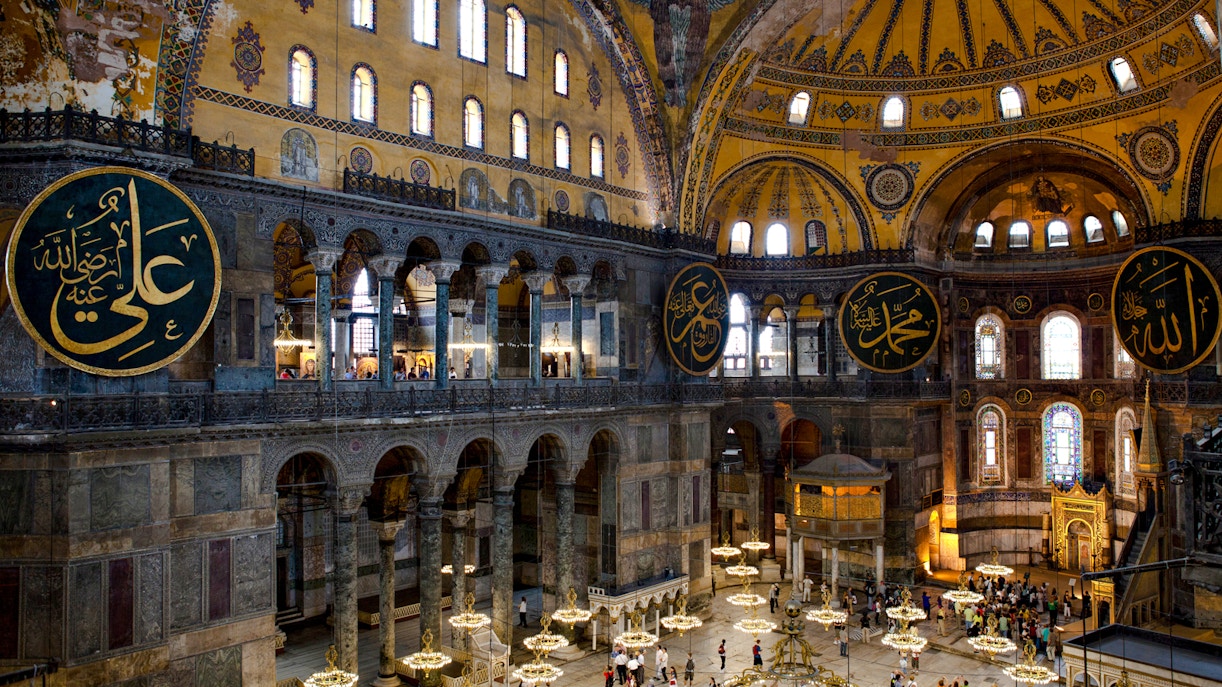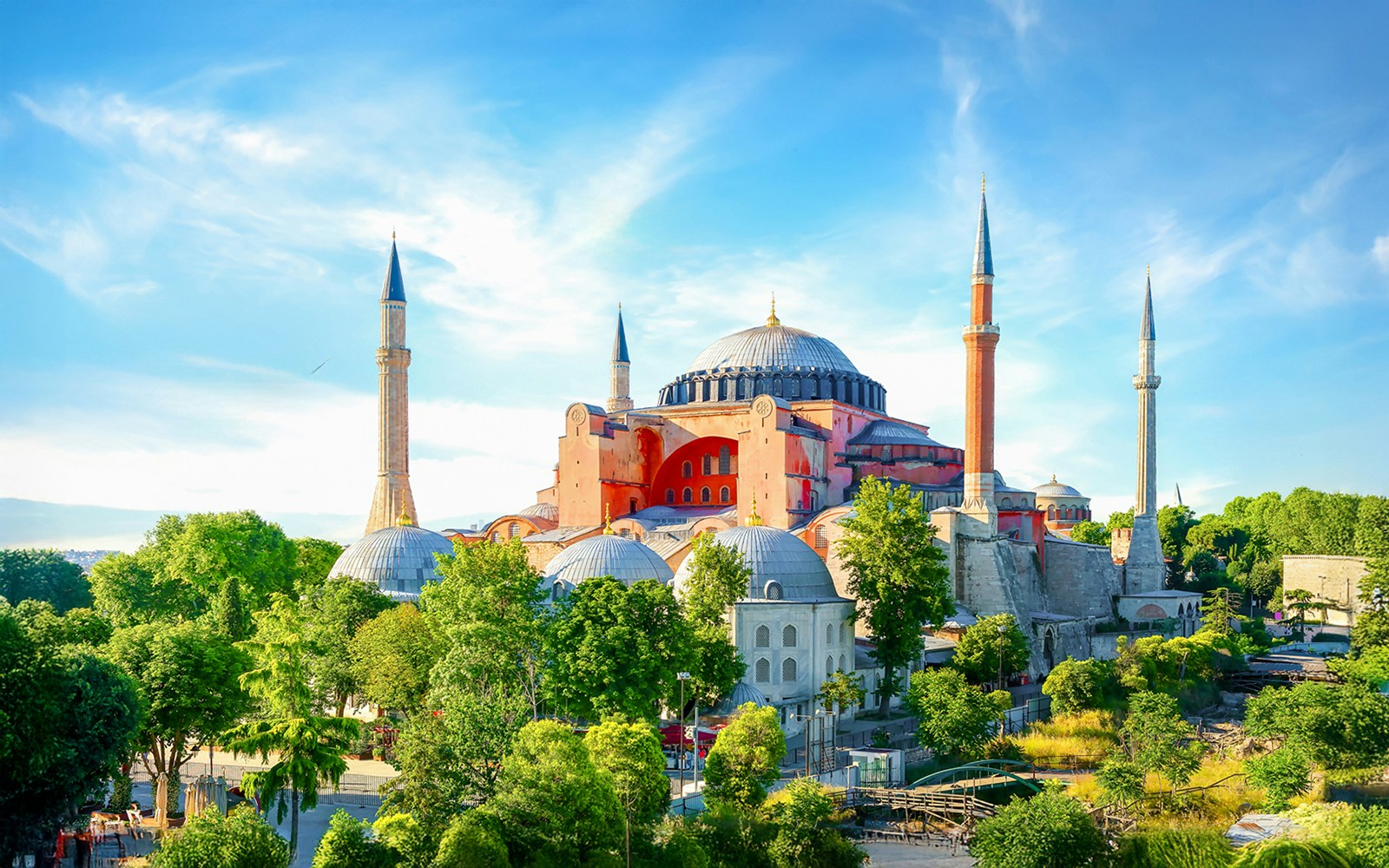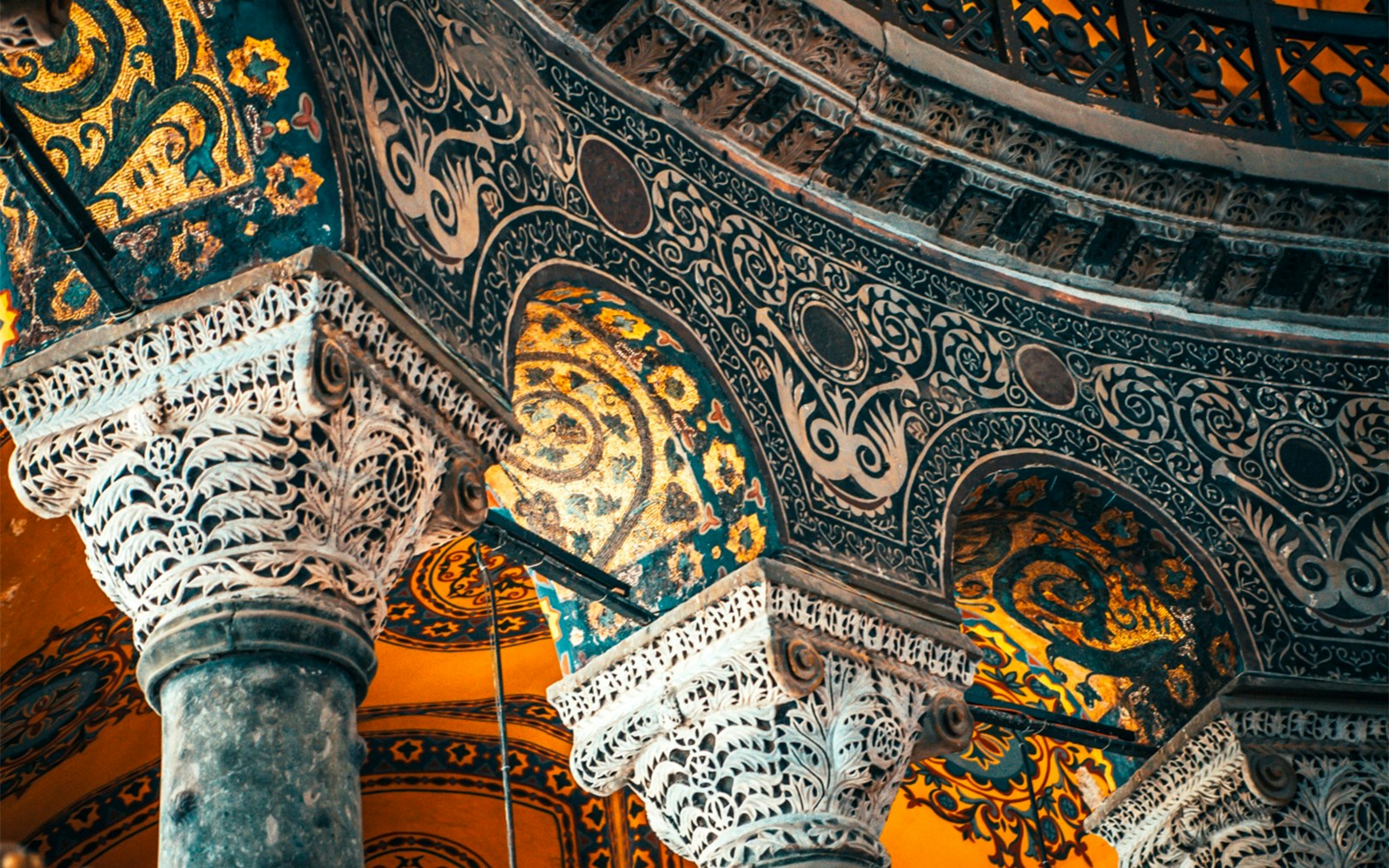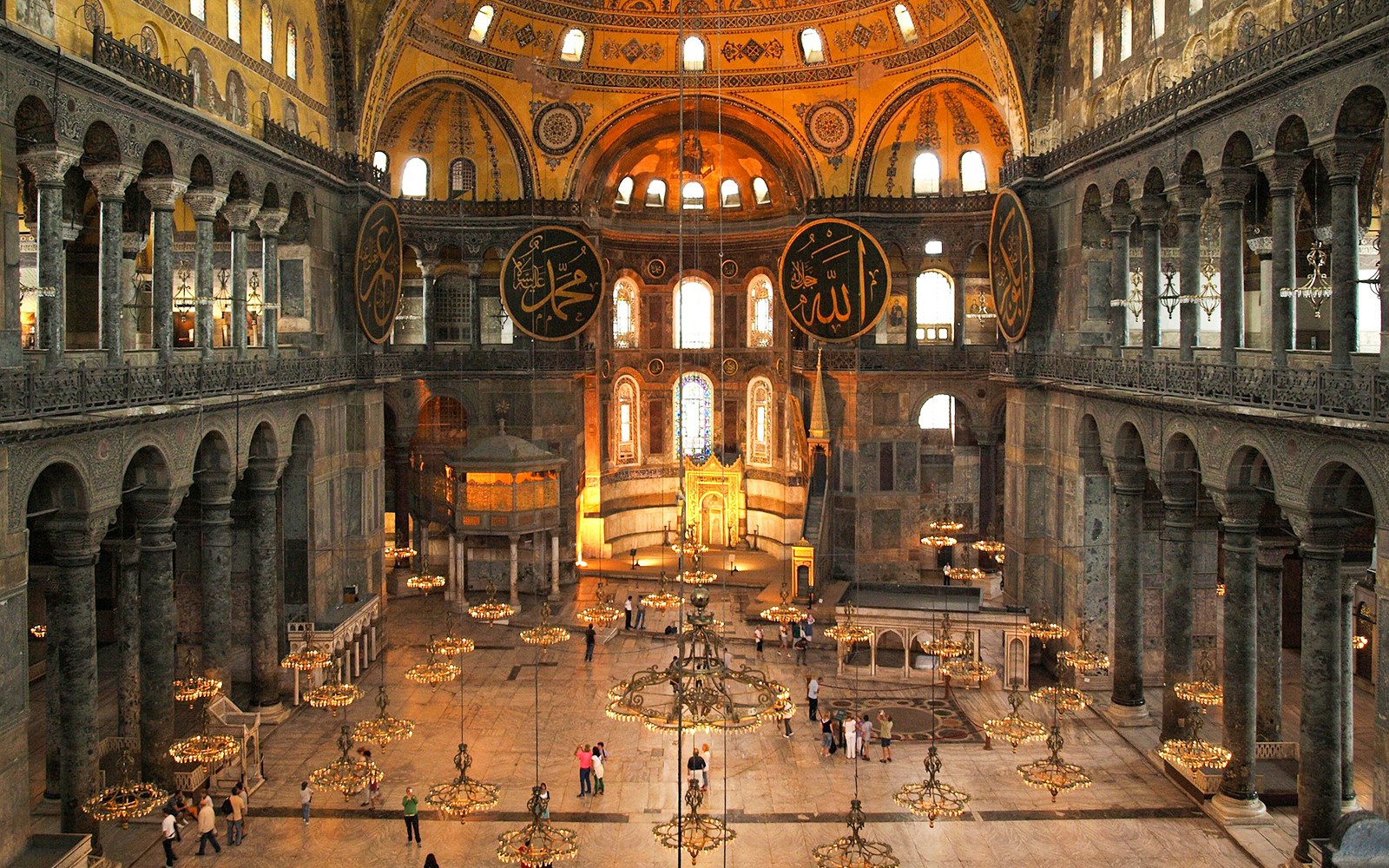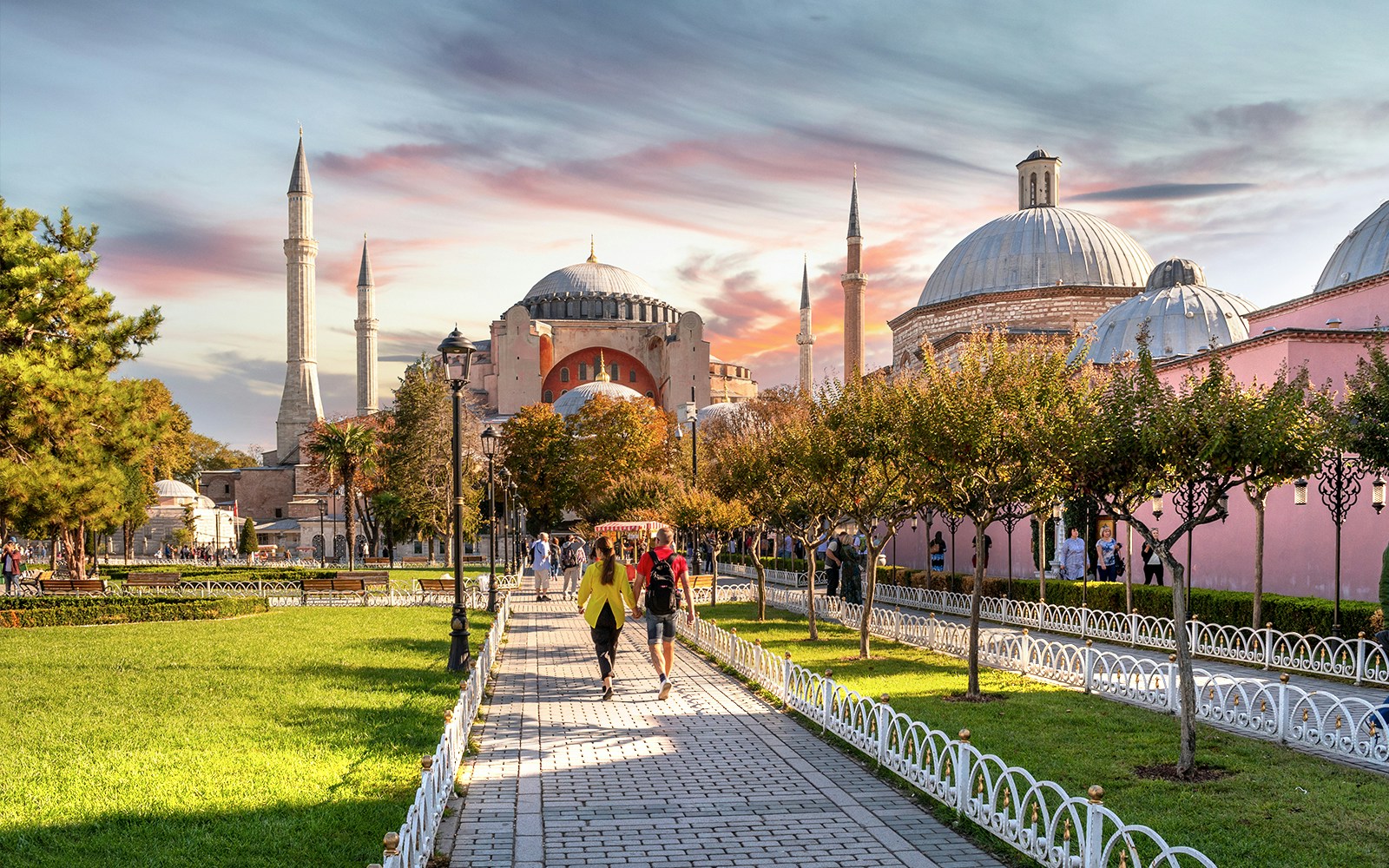- 537 D.HR: Actuala Hagia Sophia a fost finalizată în timpul împăratului Iustinian I, marcând o etapă importantă în arhitectura bizantină.
- 537-1204 D.HR: Clădirea a servit drept principala catedrală ortodoxă răsăriteană a Constantinopolului.
- 1204-1261 D.HR: În timpul ocupației latine a Constantinopolului, Hagia Sophia a fost transformată în catedrală romano-catolică.
- 1453-1934 D.HR: După cucerirea otomană, Hagia Sophia a funcționat ca moschee de-a lungul epocii otomane și la începutul perioadei republicane.
- 1934 D.HR: Guvernul turc, sub conducerea lui Mustafa Kemal Atatürk, a emis un decret de transformare a Hagiei Sophia în muzeu.
- 1935-2020 D.HR: Hagia Sophia a funcționat ca muzeu, cu ample lucrări de restaurare și conservare efectuate în această perioadă.
- 2020 D.HR: Hagia Sophia a fost reconsacrată ca moschee, continuându-și lunga istorie ca reper religios și cultural.
Prezentare generală rapidă: Cronologia Hagia Sophia
